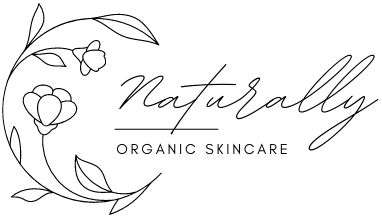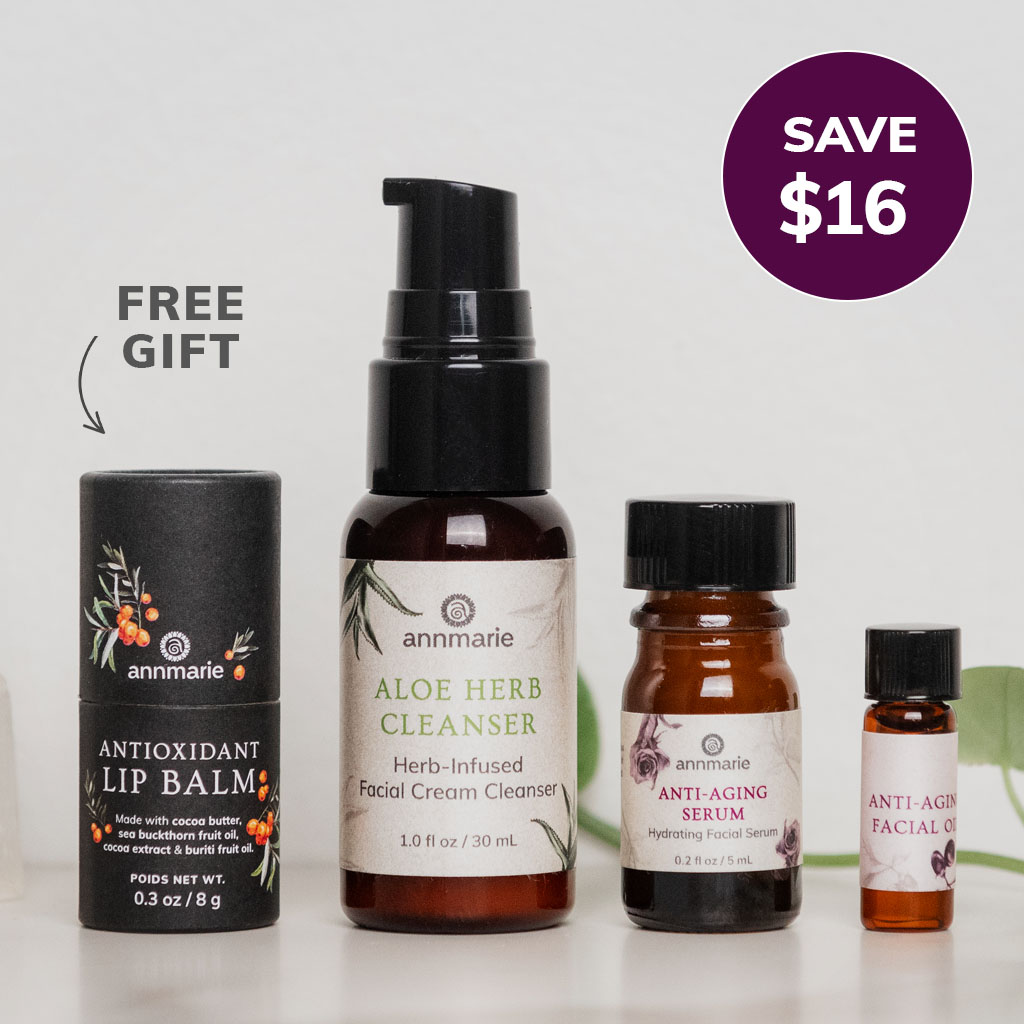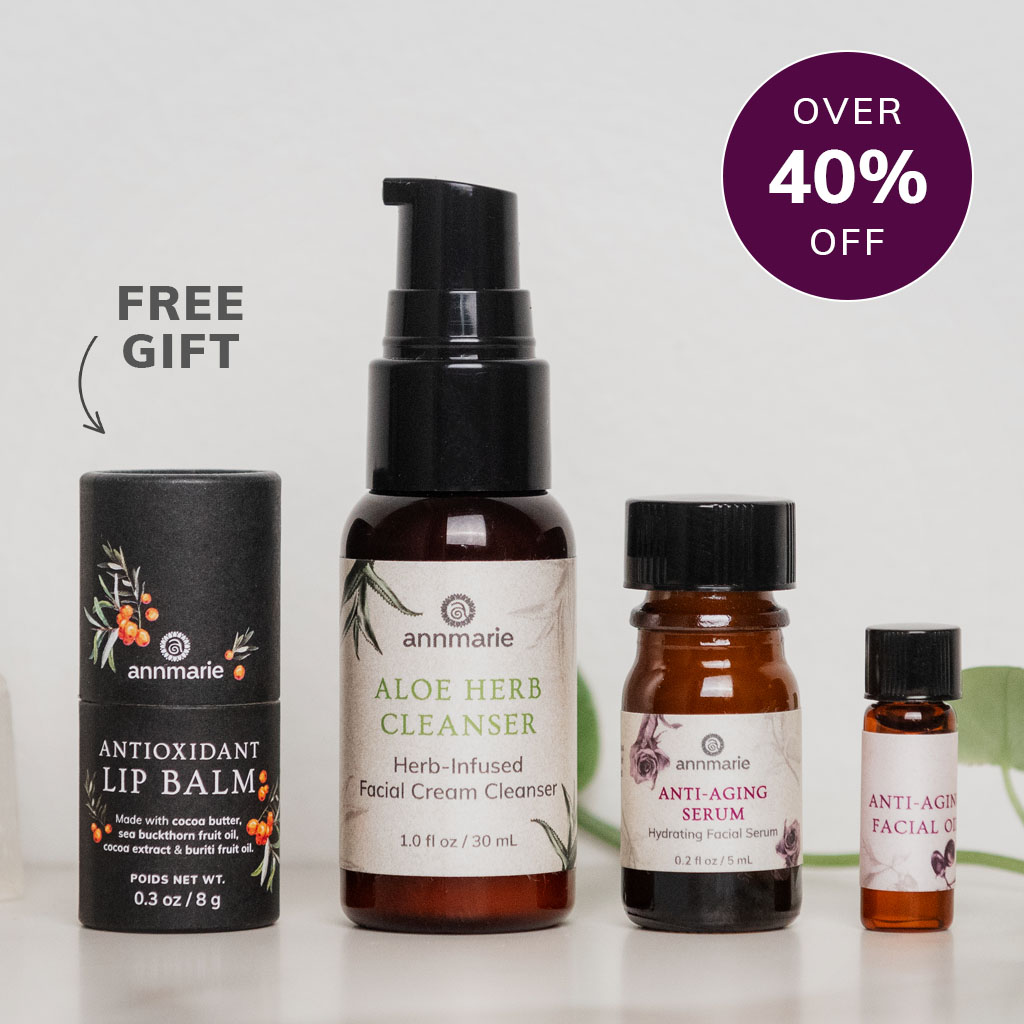What is mineral oil – doesn’t it sound like a natural ingredient?
Hmm… you would think so.
Mineral oil is definitely one of the easier to pronounce ingredients on the labels of many skin care products.
In the production of gasoline and other petroleum based products from crude oil, mineral oil is left over as by-product. For the petrochemical industry, it is cheaper to sell mineral oil then to properly dispose of it. So that’s what they do. It is sold to manufacturers of cosmetics and skin care, but also pretty much to the entire industrial sector.
Petroleum, paraffin or paraffin oil and propylene glycol are derived from mineral oil.
Being a petrochemical waste-product, mineral oil can contain carcinogens. Propylene glycol is known as a carcinogen as well, it damages cells and can cause serious kidney and liver problems. Mineral oil is very poorly biodegradable. Nature can’t get rid of it very well and neither can the human body.
In the United States, mineral oil is generally viewed as ‘safe’ for consumption and skin contact. The FDA has approved the use of mineral oil in personal care products, cosmetics and food, with a norm of 10mg/kg for daily consumption.
What is mineral oil used for?
Apart from the presence of mineral oil in food and skin care, it is used in a multitude of other area’s.
For example:
- to clean and protect wooden kitchen tools, as it forms a layer and prevents the passage of water into the wood
- as a lubricant in enema preparations
- in electric space heaters
- as a hydrolic fluid in machines and engines
- in livestock vaccines, to enhance reaction against the antibodies
- to polish alabaster stone
- in scented candles
- as a cooling or thermal fluid in industrial settings
- in cell culture, like IVF (In Vitro Fertilisation)
What is mineral oil’s role in the food industry?
Mineral oil can be added to food directly, as a replacement for fat. Food grade mineral oil has been given the E number E905a. In candy, mineral oil will add shine and prevent the pieces from sticking together. There are some other ways mineral oil ends up in food without being directly added to the recipe. Machines in food preparation factories are cleaned with a mixture of mineral oil and oats. It can also be used to grease pans to prevent sticking. Mineral oil components are found in the outer layers of packaged food.
What is mineral oil doing to the skin?
Mineral oil forms a film over the skin, not letting anything in or out. That’s what’s giving skin a smooth feel. In coating the skin, it keeps moisture locked in, but a healthy, moisturised skin is not the same as a suffocated skin. Mineral oil does not allow the skin to breathe. It is a comedogenic substance, which means that it obstructs the pores and can cause acne.
Unfortunately, mineral oil is a very common ingredient in skin care and cosmetics. From the classic Vaseline with its large range of derived products, to common brands of baby oil, being basically just mineral oil mixed with a synthetic fragrance. It is in most creams, shaving gels, lipsticks, lipglosses, and mascara’s. Disposable rasors are dipped in mineral oil for better glide.
Read more:
- Learn about the side effects of mineral oil.


